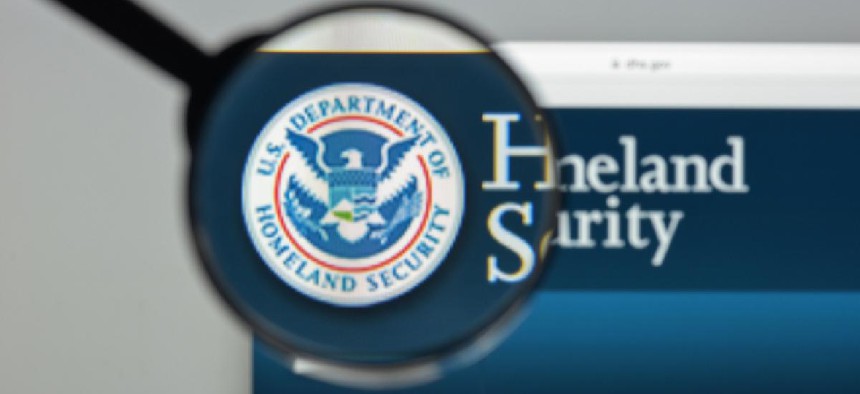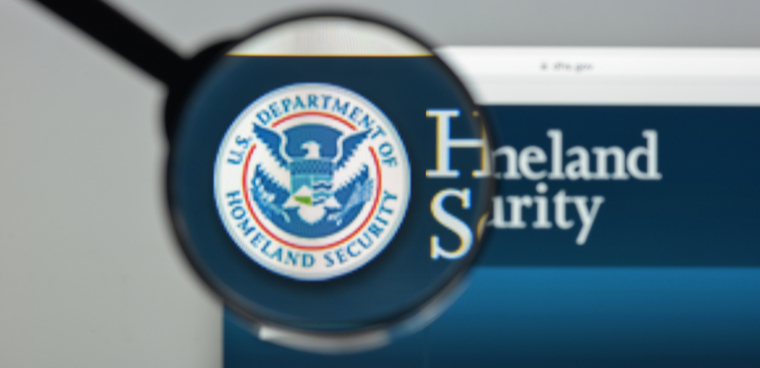Lawmakers press DHS chief on drug detection tech

Illicit drug shipments through land ports of entry concern lawmakers who asked acting Homeland Security chief Chad Wolf for details on the technology to stop them.

Lawmakers have been concerned about gaps in mail and border-crossing security for the past couple of years, as the amount of illegal narcotics, particularly opioids, coming into the U.S. has spiked. They’ve been introducing legislation to close mail and border-crossing smuggling gaps using strategically placed detection technology.
At a Senate Appropriations hearing on Feb. 25, agency Acting Department of Homeland Security Secretary Chad Wolf was grilled by lawmakers about the status of the agency's technical capabilities to detect illicit drug shipments.
A bipartisan bill approved by the House of Representatives on Feb. 10 would require DHS to report to Congress how it plans to scan all commercial and passenger vehicles entering the U.S. at land ports of entry using large-scale non-intrusive inspection systems, such as X-ray and gamma-ray imaging.
The Securing America's Ports Act would bolster federal legislation passed in 2018 and 2019 that requires more electronic gear for Customs and Border Protection officers to detect illicit drug shipments in the mail and get advanced data transmissions from shippers describing the contents international packages coming into the U.S.
This bill is designed to address the biggest gaps in interdiction -- the influx of drugs through U.S. land ports of entry on the southern border.
Wolf said CBP currently screens only 1% of passenger vehicles at land ports of entry for narcotics and only 5% of commercial vehicles. He said he hopes that Congress will authorize and fund non-invasive inspection technologies to support CBP’s goal of screening 40% of passenger vehicles and 72% of commercial vehicles by 2023.
Congress appropriated $570 million for the DHS use of such systems at ports of entry. Wolf told the Feb. 25 panel that funding will be spent over the next couple of years to expand non-intrusive inspection.
The technology is having some effect. The technology recently found a record shipment of drugs at a border port. Jim Carroll, director of the White House's Office of Drug Control Policy, announced on Feb. 22 non-intrusive inspection gear at the southern border detected 875 lbs. of methamphetamine, worth $18 million, hidden in a shipment of broccoli.


